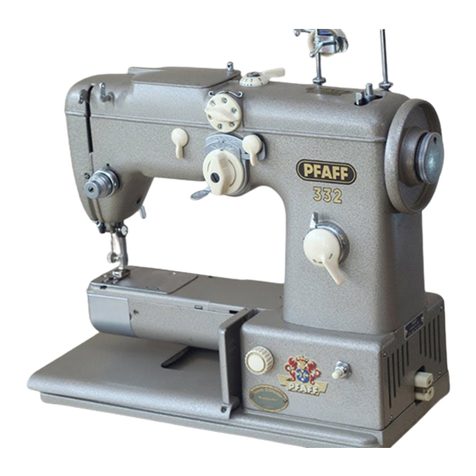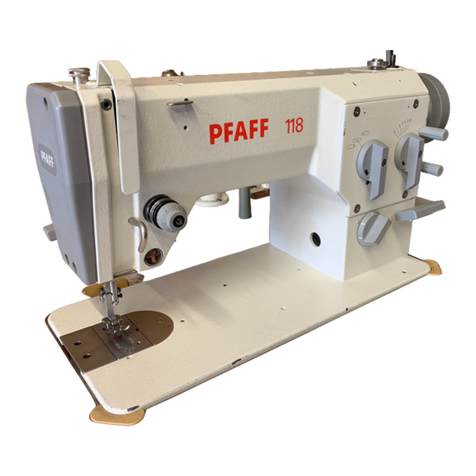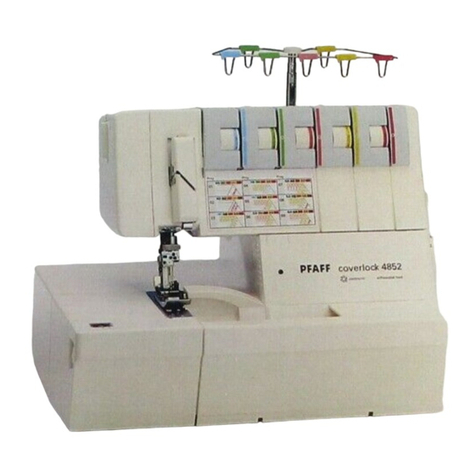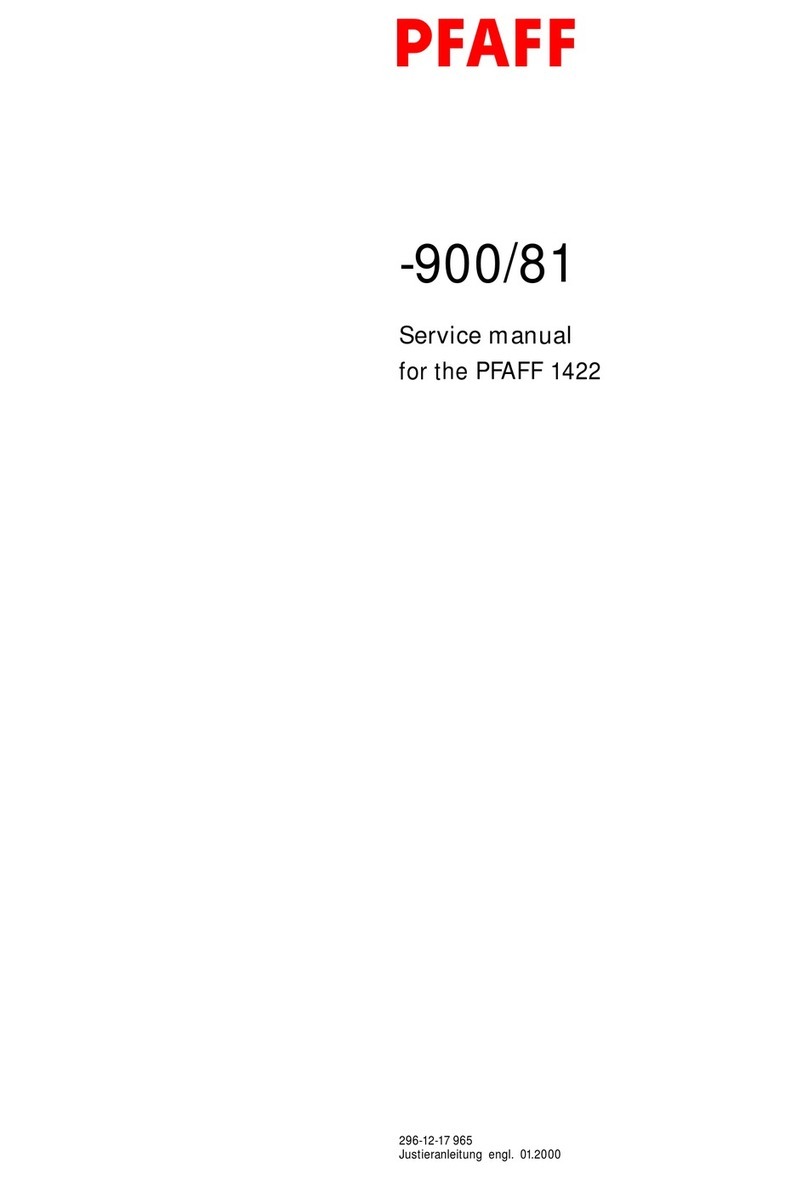Pfaff 481 User manual
Other Pfaff Sewing Machine manuals
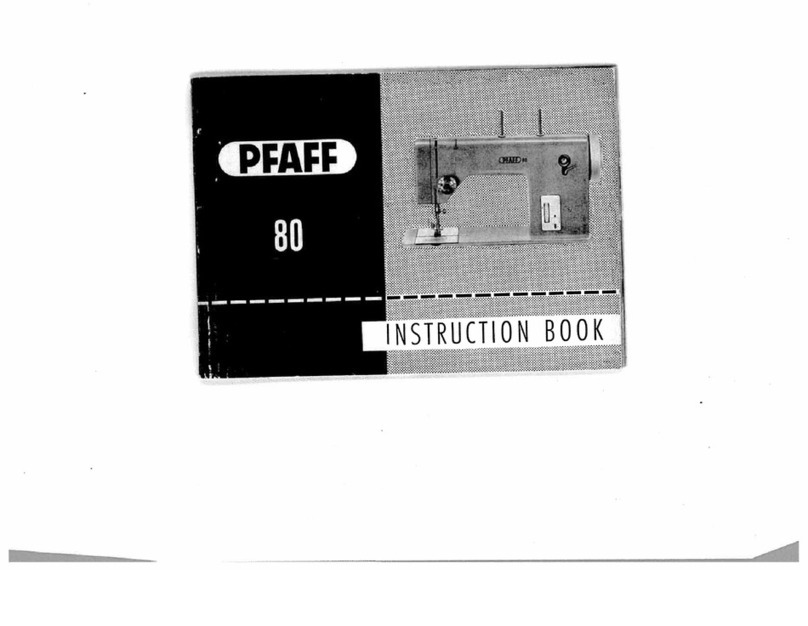
Pfaff
Pfaff select 8.0 User manual
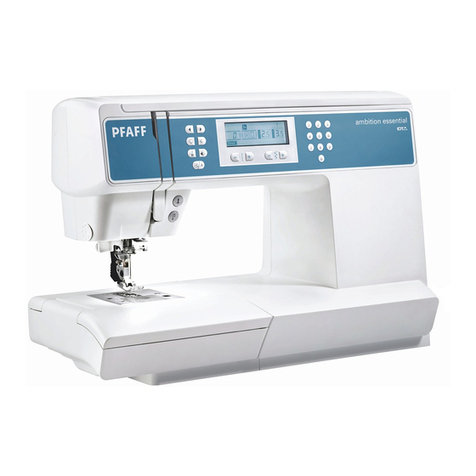
Pfaff
Pfaff ambition essential User manual
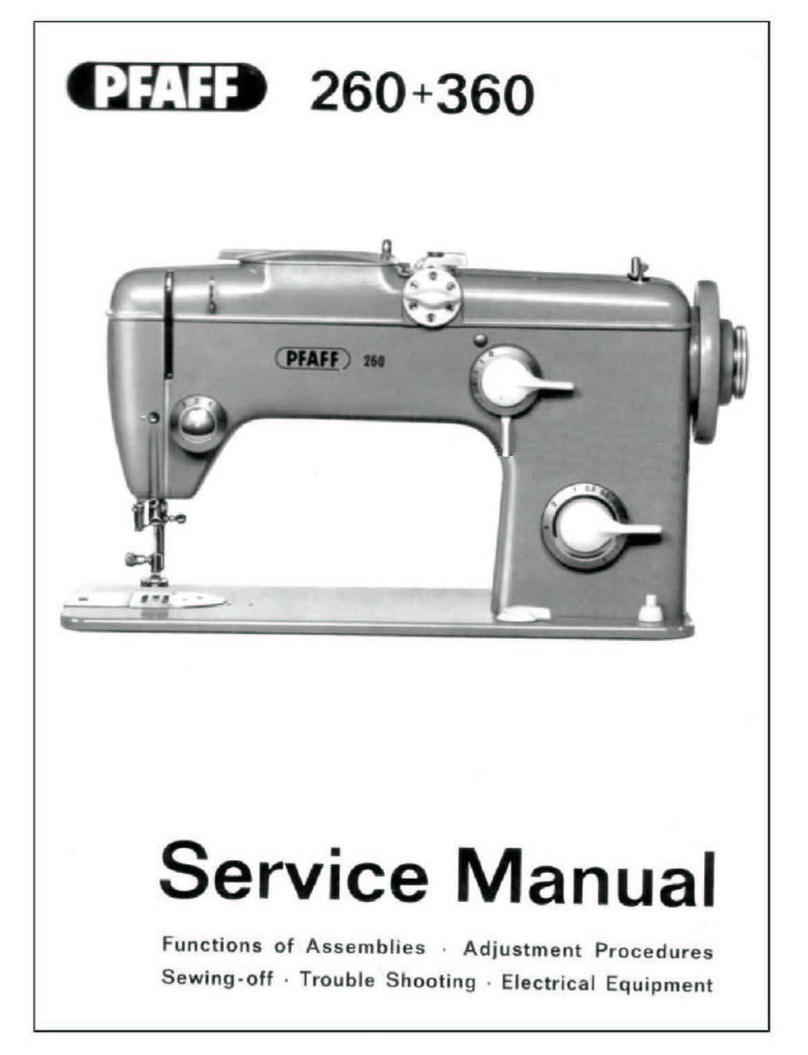
Pfaff
Pfaff Automatic 260 User manual
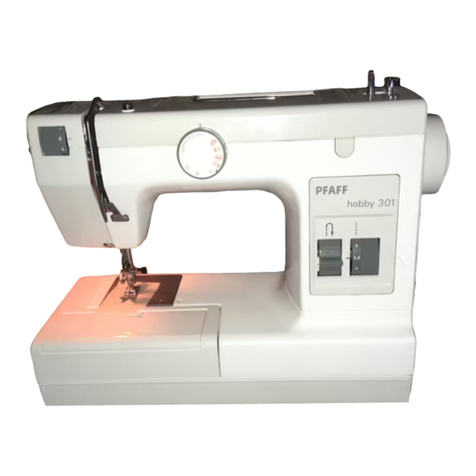
Pfaff
Pfaff Hobby 301 User manual
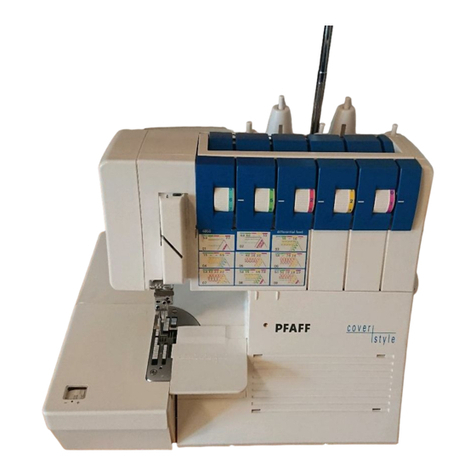
Pfaff
Pfaff Cover style 4850 User manual
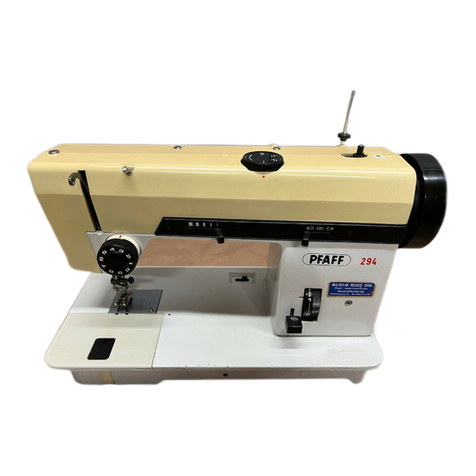
Pfaff
Pfaff 294 User manual
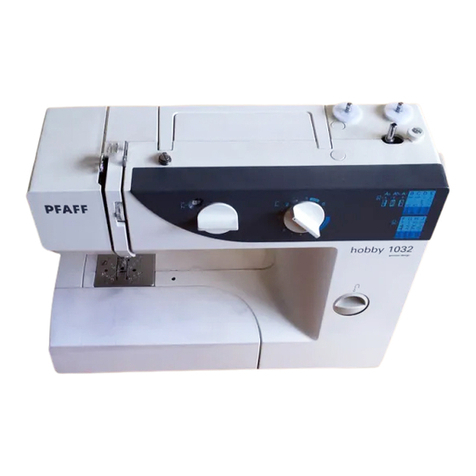
Pfaff
Pfaff hobby 1022 User manual

Pfaff
Pfaff 2483-980/31 User manual

Pfaff
Pfaff 1295 User manual

Pfaff
Pfaff ClassicStyle 2025 User manual
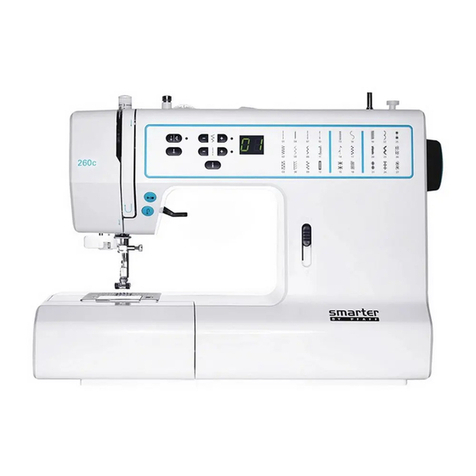
Pfaff
Pfaff 260C User manual
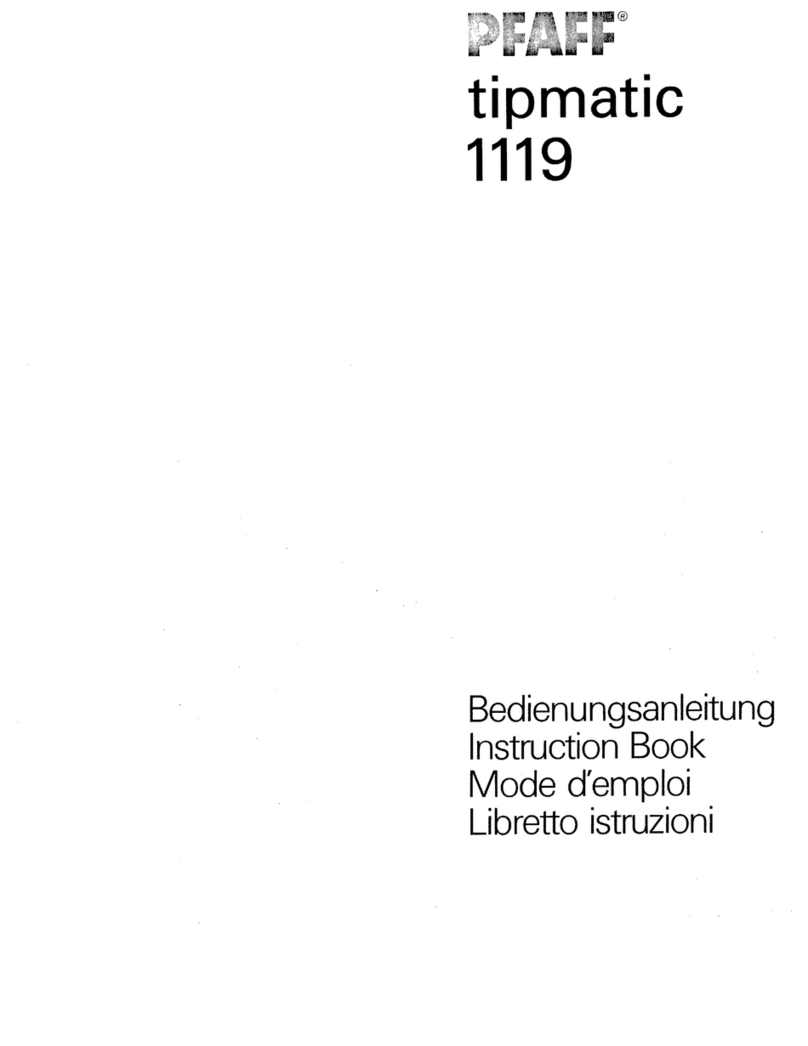
Pfaff
Pfaff tipmatic 1119 User manual
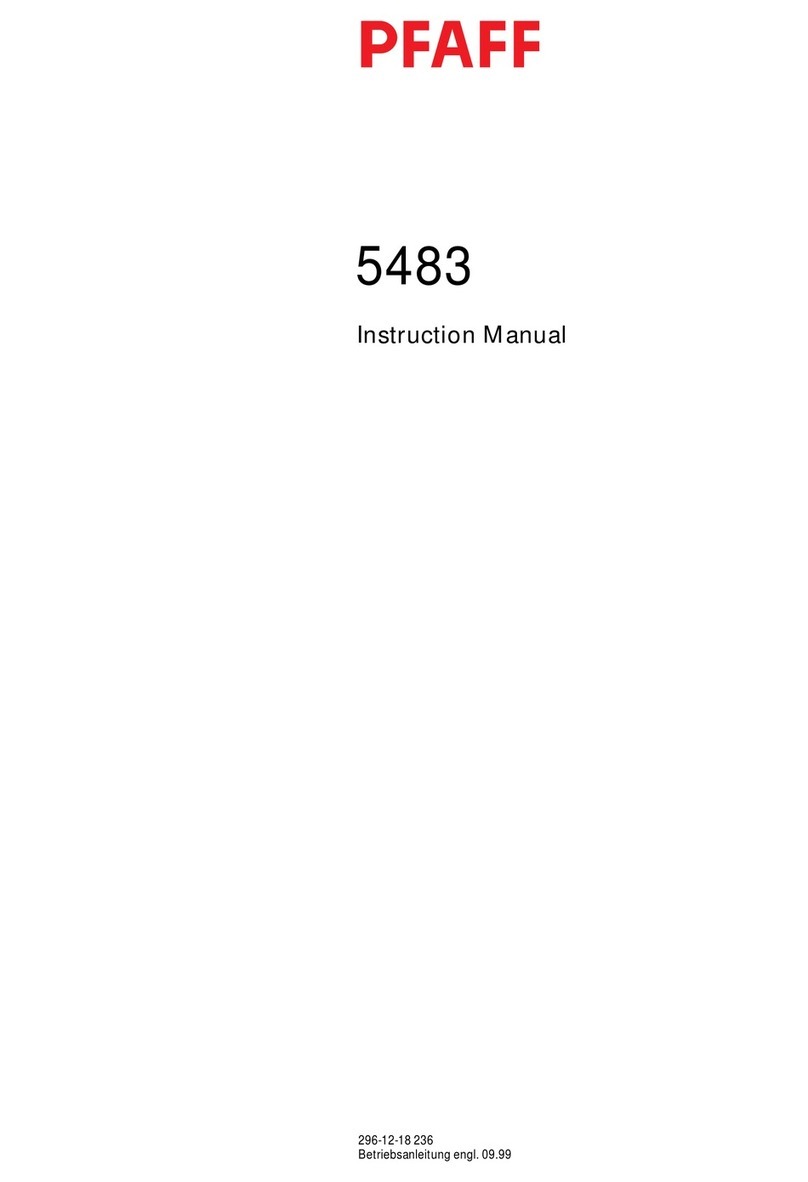
Pfaff
Pfaff 5483 Series User manual
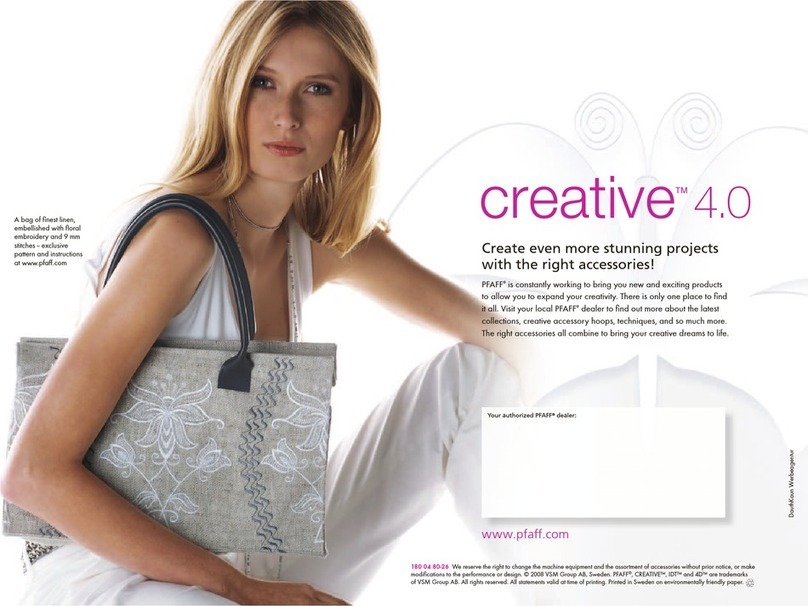
Pfaff
Pfaff CREATIVE 4.0 - User manual

Pfaff
Pfaff Creative Performance User manual
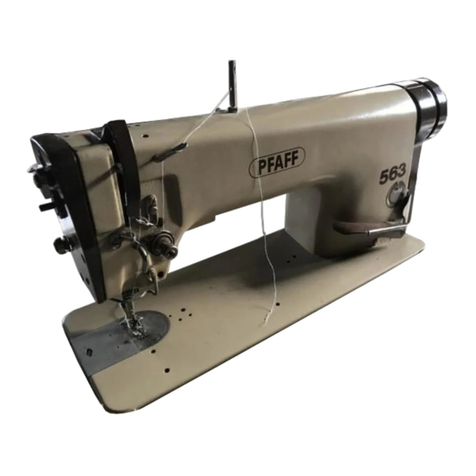
Pfaff
Pfaff 561 User manual
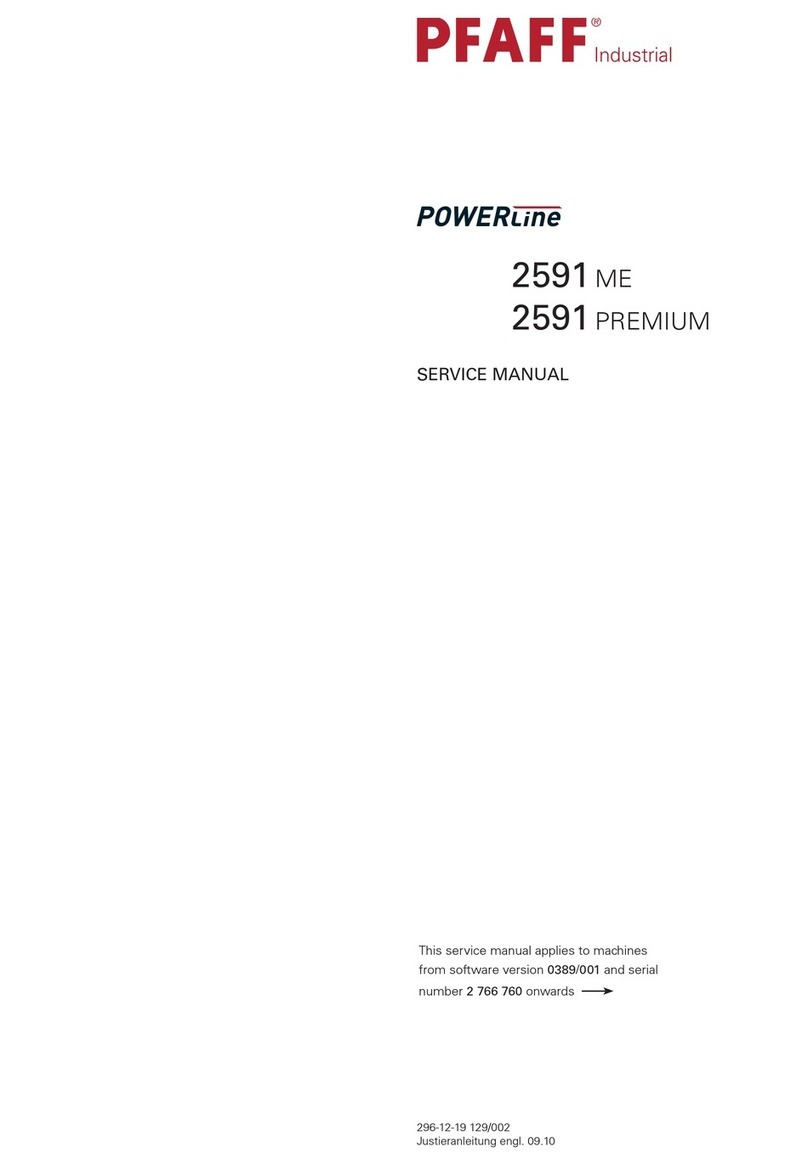
Pfaff
Pfaff POWERline 2591 ME User manual
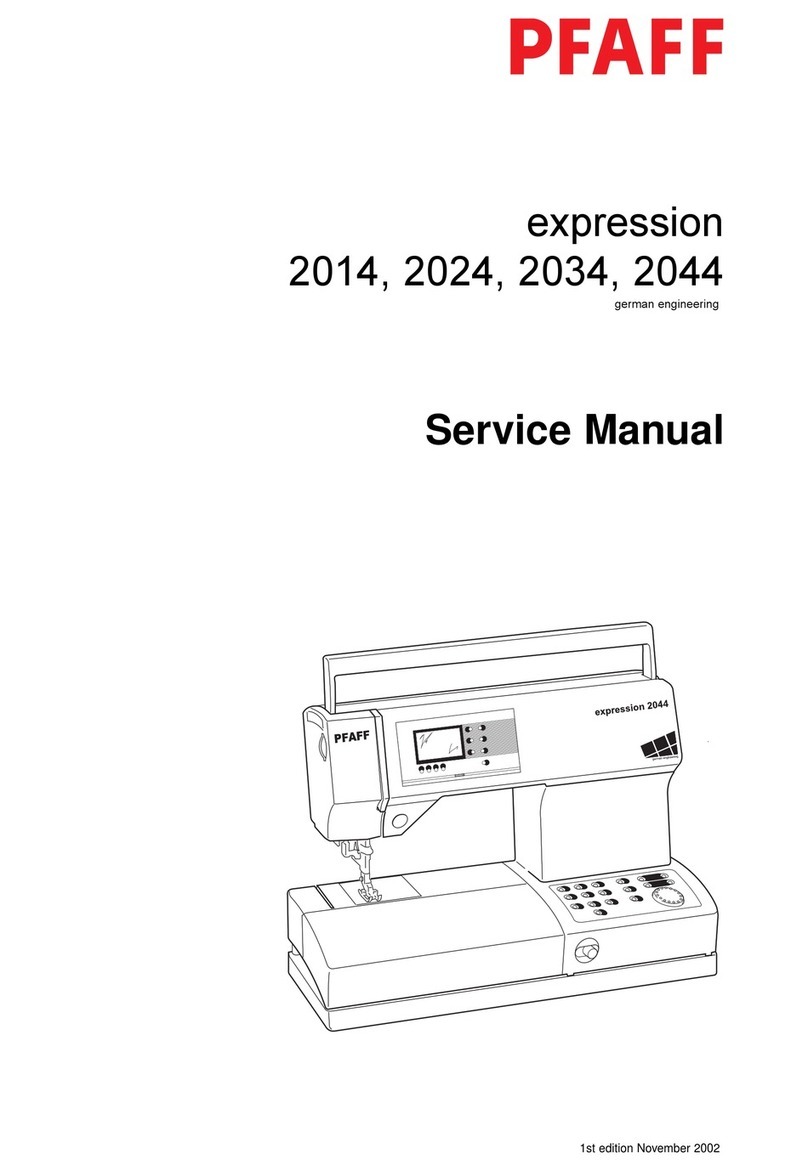
Pfaff
Pfaff EXPRESSION 2014 User manual
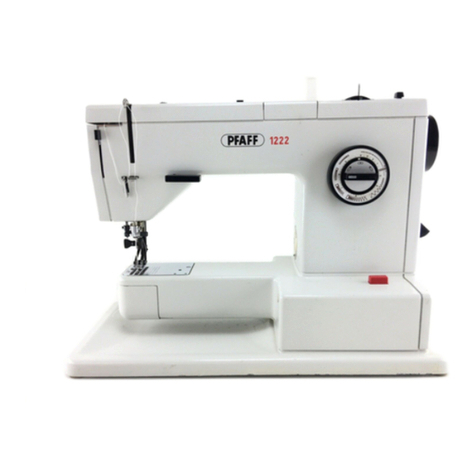
Pfaff
Pfaff 1221 User manual

Pfaff
Pfaff 571 User manual
